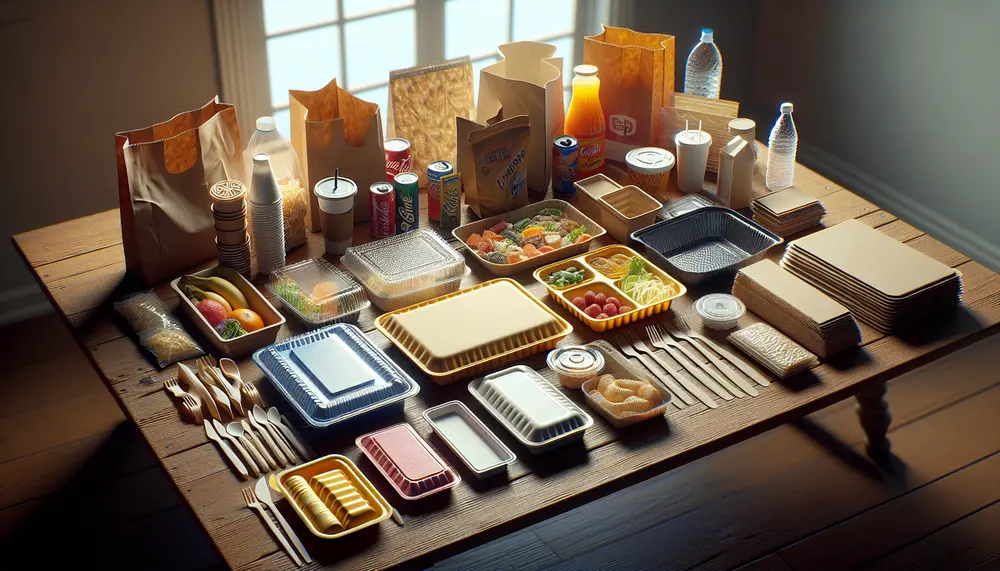Non-toxic
Non-toxic
Non-toxic
The term non-toxic refers to materials that do not contain harmful chemicals or substances. In the context of packaging, non-toxic means that the packaging materials are safe for humans and the environment.
Why Non-toxic Packaging Matters
Non-toxic packaging is crucial for protecting consumer health. When packaging is non-toxic, it ensures that no harmful chemicals leach into the products, especially food and beverages. This makes non-toxic packaging a safer choice for everyone.
Environmental Benefits
Non-toxic packaging is also better for the environment. Traditional packaging materials can release harmful chemicals into the soil and water when they break down. Non-toxic materials, on the other hand, minimize this risk, making them a more eco-friendly option.
Examples of Non-toxic Packaging Materials
Common non-toxic packaging materials include glass, certain types of plastic, and biodegradable materials like cornstarch. These materials do not release harmful substances and are often recyclable or compostable.
How to Identify Non-toxic Packaging
Look for labels or certifications that indicate the packaging is non-toxic. Certifications like the Green Seal or the USDA Organic label can help you identify safe packaging options. Always check the packaging information to ensure it meets non-toxic standards.
Blog Posts with the term: Non-toxic
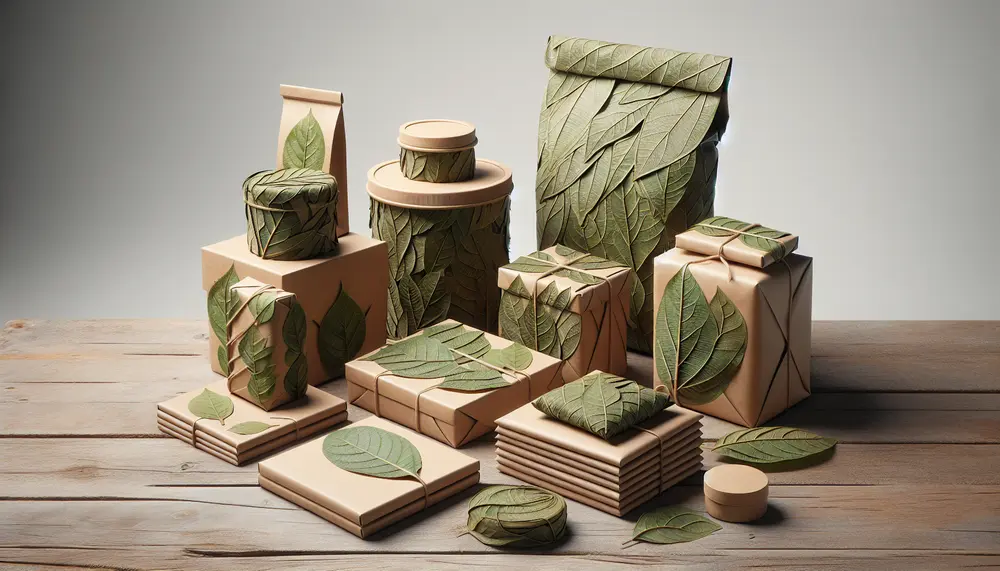
Leaf-based packaging materials are ancient practices re-emerging for modern sustainability, utilizing plant leaves as biodegradable and renewable solutions with minimal environmental impact. They reduce carbon emissions compared to plastic production, decompose rapidly without toxic residues, and align with circular economy...
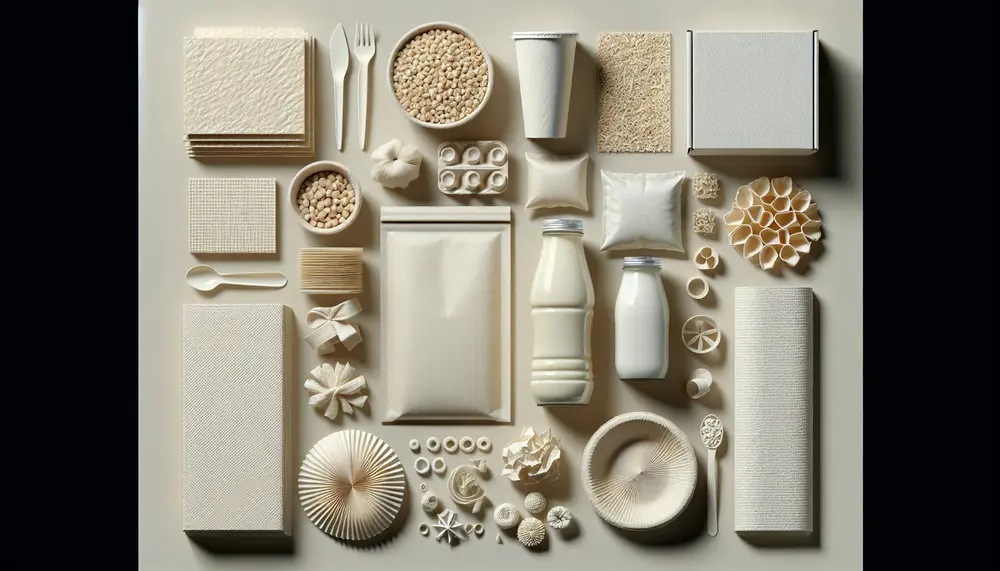
Cornstarch is a biodegradable, eco-friendly alternative to traditional packaging materials, offering similar functionalities with less environmental impact. It's used in various industries for products like containers and bags, reduces reliance on fossil fuels, and supports climate change efforts by emitting...
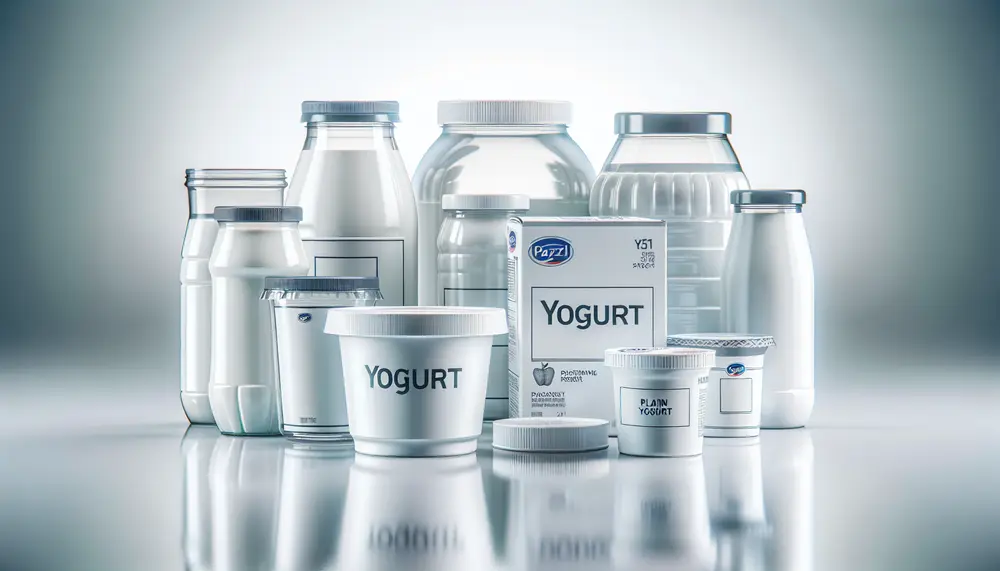
The article discusses the significance of yogurt packaging materials in preserving quality, extending shelf life, and marketing. It highlights various types of packaging like glass, plastic, composites, eco-friendly alternatives, and metal containers with their respective properties. Packaging choices for yogurt impact...

Glass packaging is valued for its durability, inertness, and transparency, ideal for storing various products while being 100% recyclable. Different types of glass like borosilicate and soda-lime are used in packaging due to their unique properties such as thermal resistance...
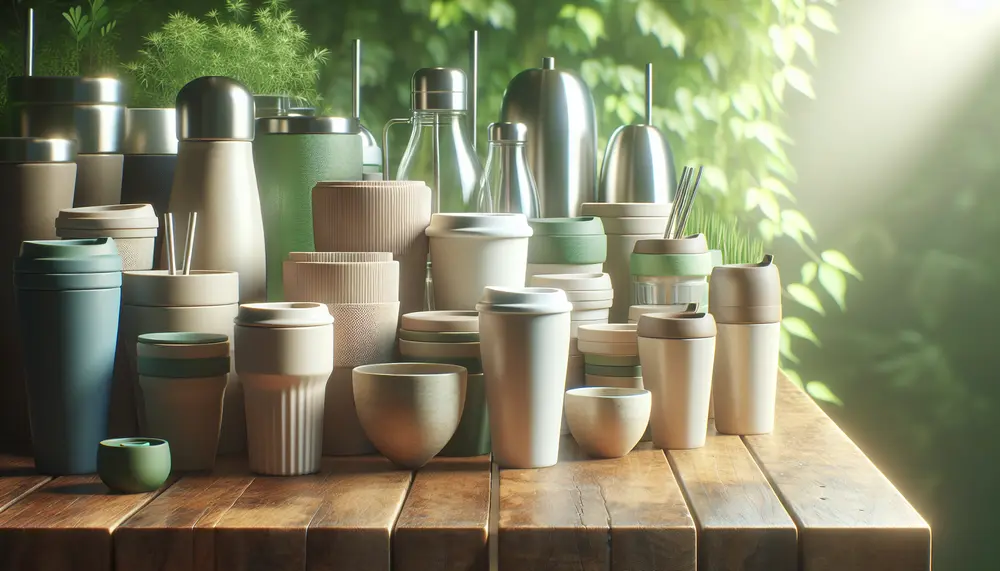
The reusable cup movement promotes environmental responsibility by encouraging the use of multi-use cups over single-use disposables, reducing waste and inspiring conservation efforts. Disposable cups have a significant negative environmental impact due to their contribution to landfill accumulation, pollution, resource...
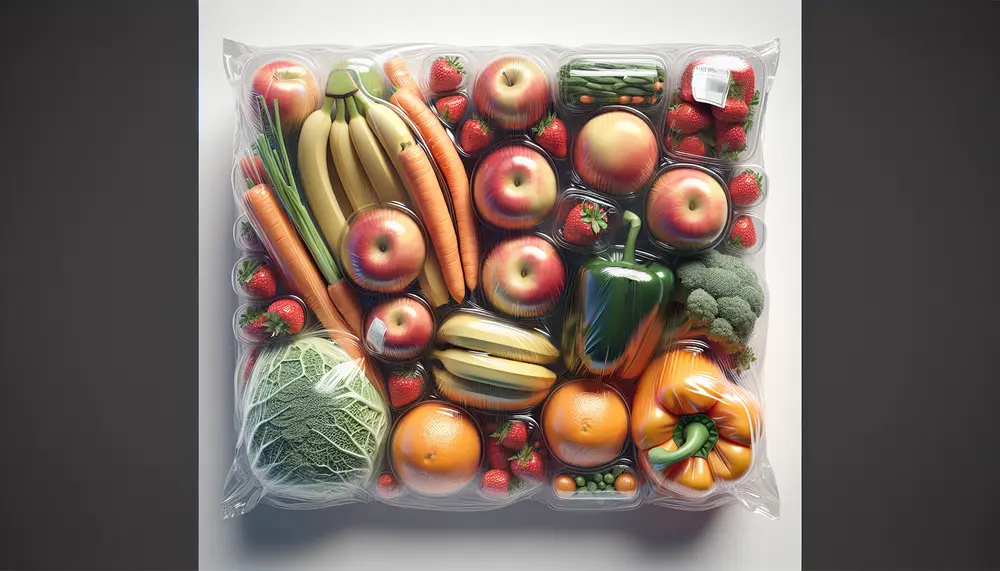
Packaging for fruits and vegetables is crucial in ensuring produce reaches consumers fresh, extends shelf life by controlling moisture and airflow, protects from contaminants, and maintains hygiene. The choice of packaging materials like corrugated boxes or breathable bags depends on...

Food contact materials (FCMs) must be safe as they can transfer substances into food, with safety ensured through rigorous assessments and migration tests. The FDA regulates FCMs in the U.S., requiring scientific evidence for approval or recognition under GRAS standards....
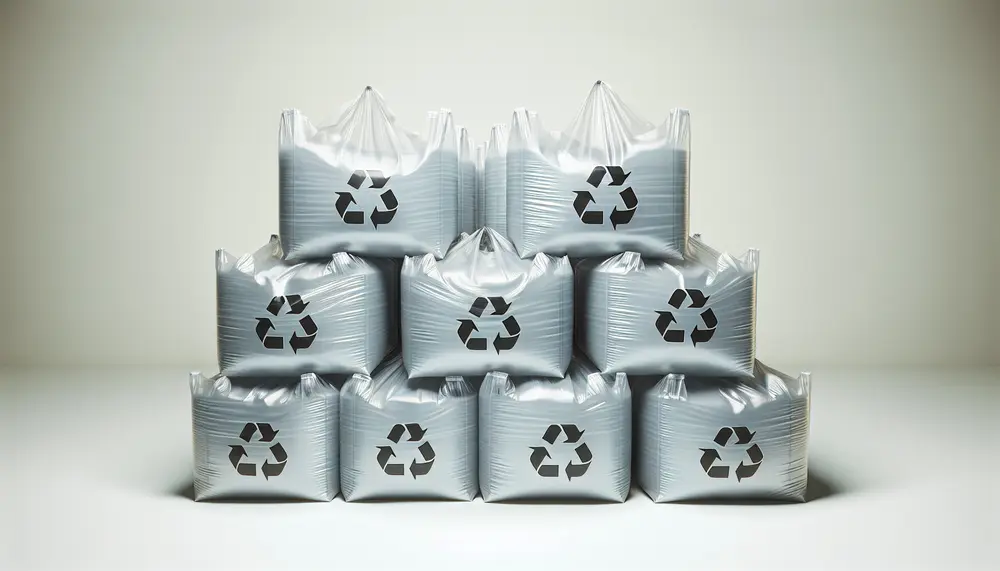
HDPE bags are known for their strength, flexibility, and eco-friendliness due to their robust molecular structure; they resist impacts, chemicals, moisture, and temperature variations while being recyclable. Their durability allows multiple uses and secure transportation of goods with less environmental...
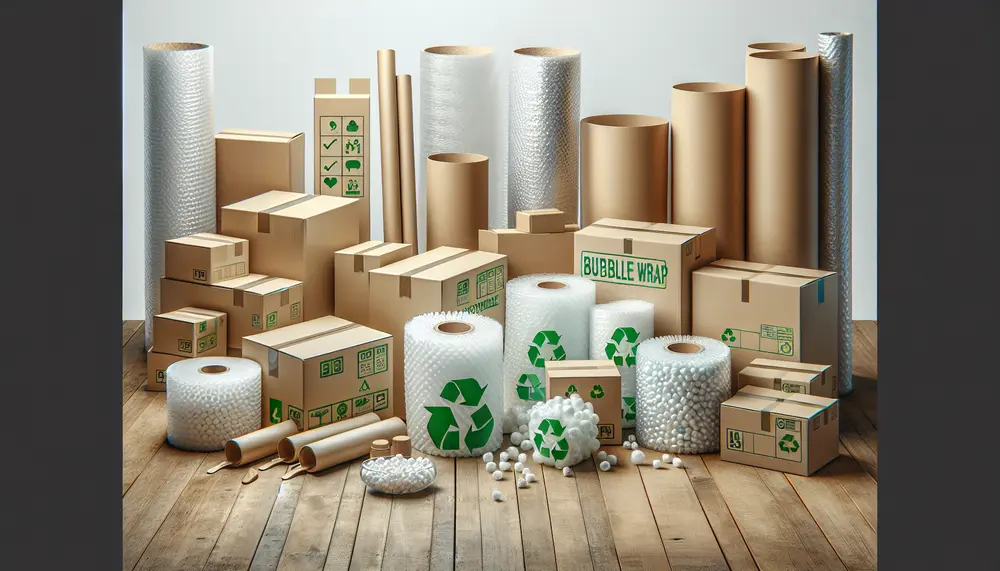
Packaging solutions in New Zealand are essential for product integrity, safe distribution, and brand identity; they must be durable for long transits and increasingly sustainable to meet consumer expectations. Quality packaging is crucial as it protects goods during shipping, enhances...

Packing peanuts are used in packaging to fill empty spaces, prevent movement, and absorb shocks during shipping. They come in various materials including Styrofoam and eco-friendly options like biodegradable starch-based peanuts, with TOTALPACK® offering high-grade reusable types. The environmental impact of...
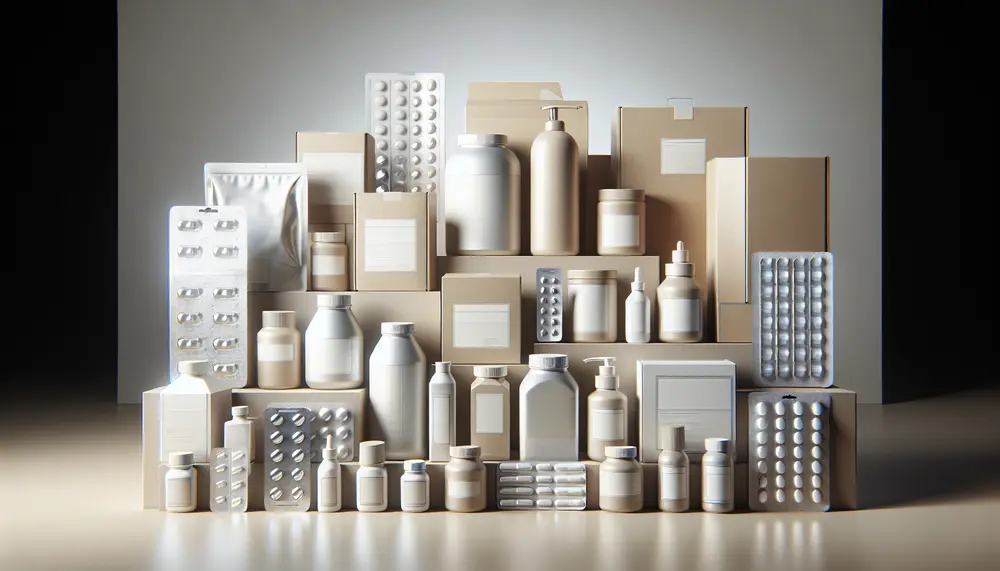
Pharmaceutical packaging and design are essential for ensuring medication safety, efficacy, and patient compliance. Effective packaging involves understanding regulatory requirements, material science, and user needs while providing protection, information, identification, convenience, and adherence to treatment plans; it must also comply...
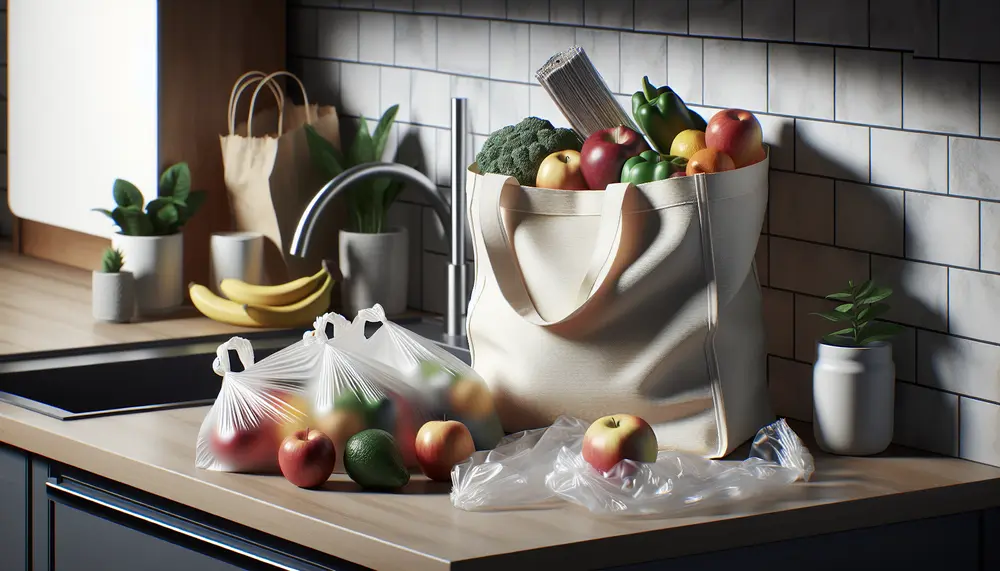
The plastic bag controversy involves balancing their convenience and environmental impact, with issues like non-biodegradability, pollution, and wildlife harm. Efforts are underway to find sustainable alternatives due to the extensive ecological footprint of plastic bags....
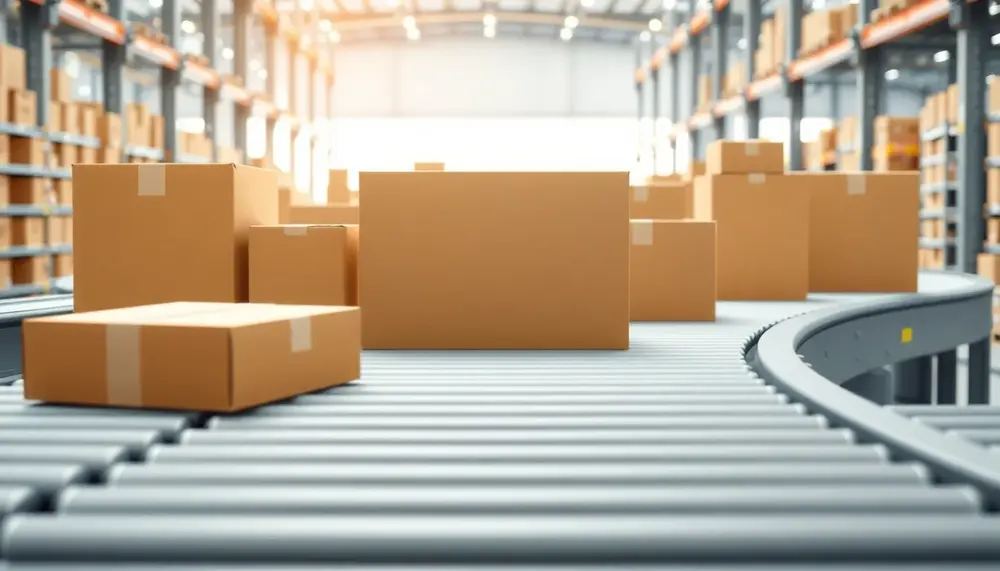
Amazon's packaging evolution reflects its commitment to innovation, sustainability, and customer satisfaction through initiatives like Frustration-Free Packaging, which reduces waste and enhances the unboxing experience. By leveraging eco-friendly materials, AI-driven optimization, and scalable solutions across product categories, Amazon has set...

Kebab packaging requires durability, functionality, and safety to maintain freshness and flavor; materials like Kraft paper and sugarcane pulp are popular for their sustainability. Eco-friendly options such as Bagasse and recyclable Kraft paper align with consumer environmental concerns, while personalized...

